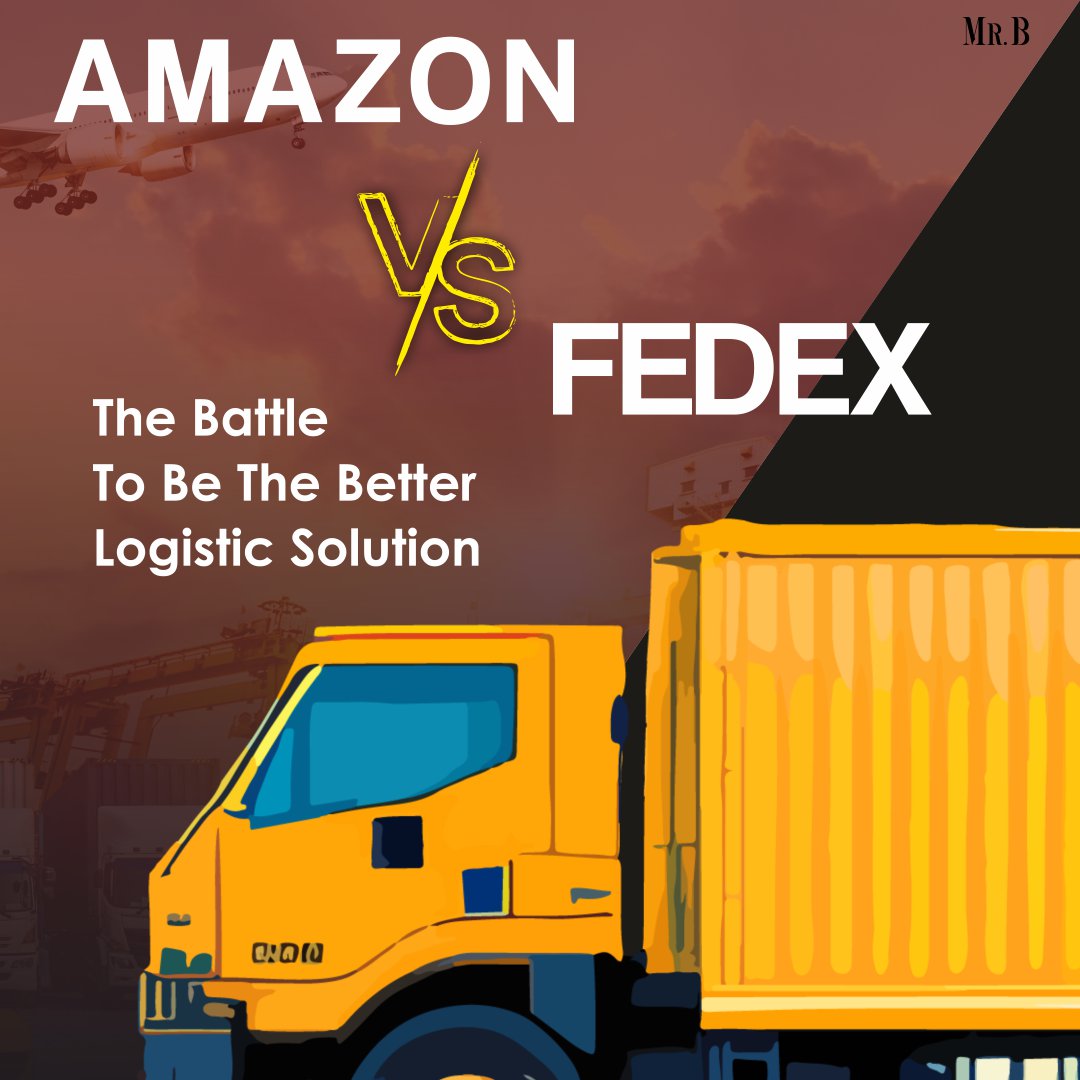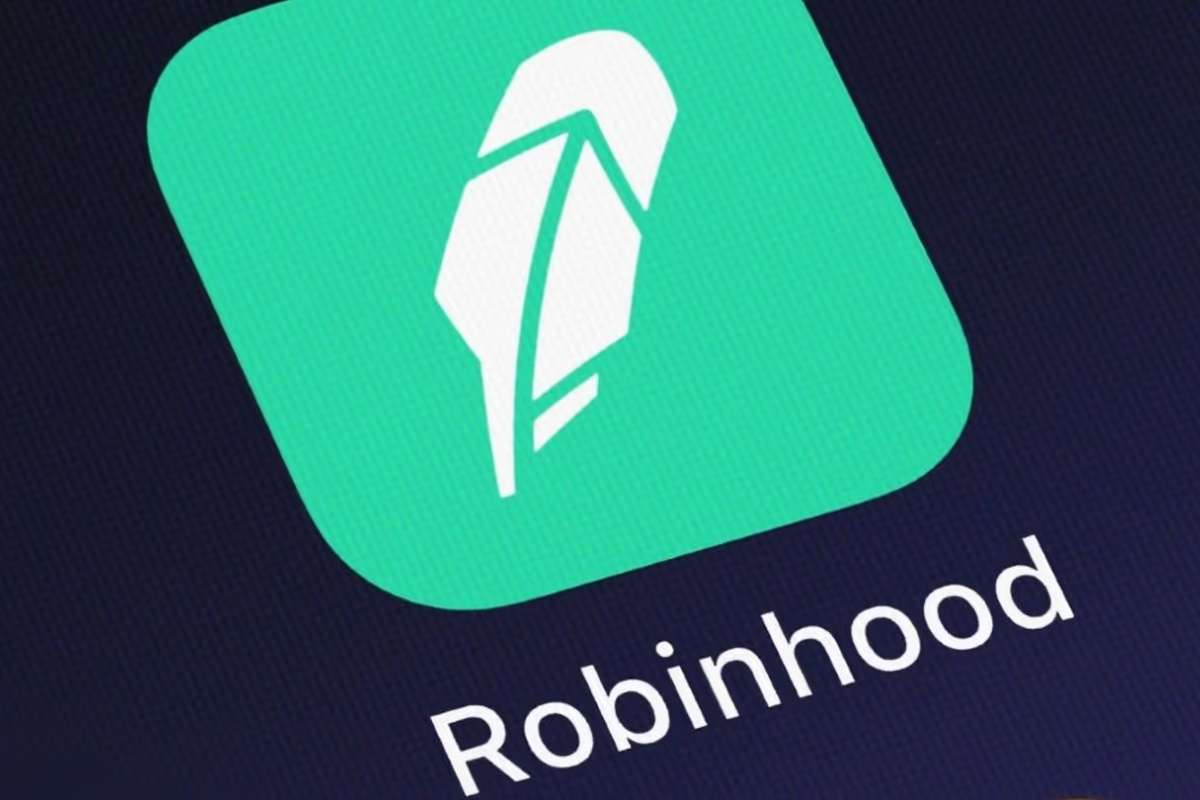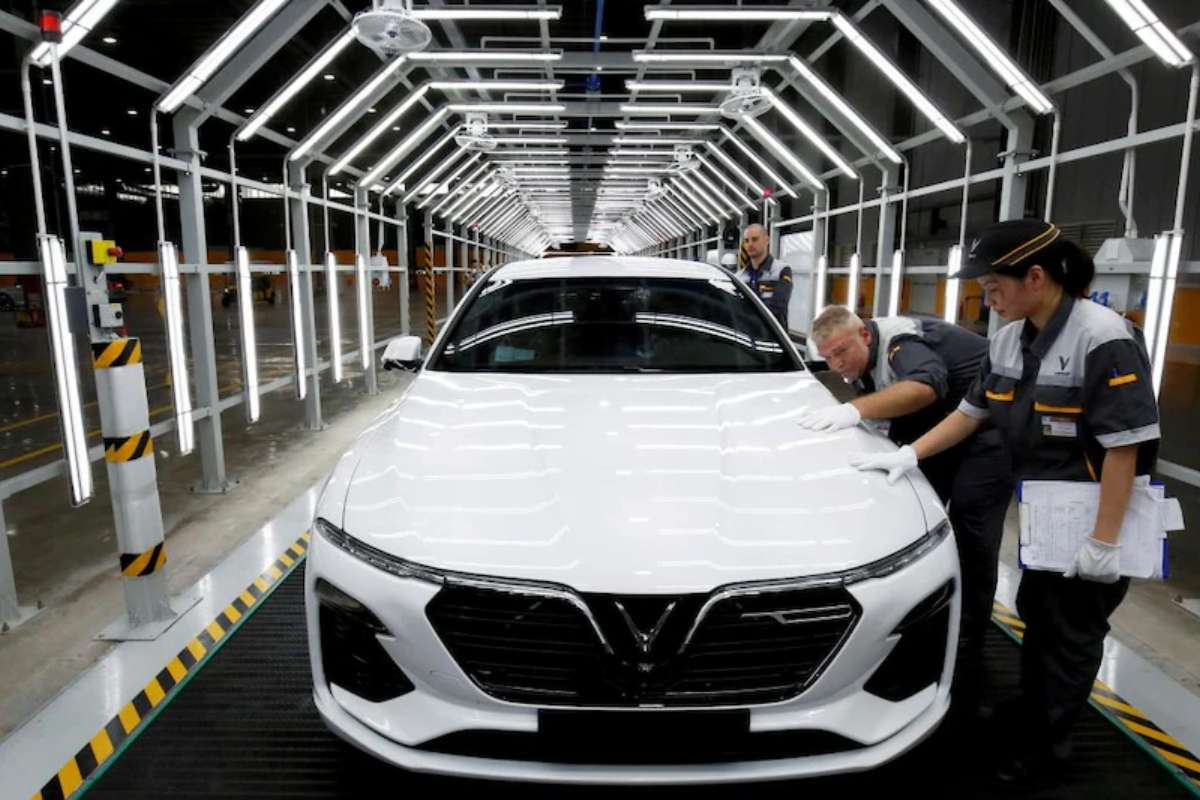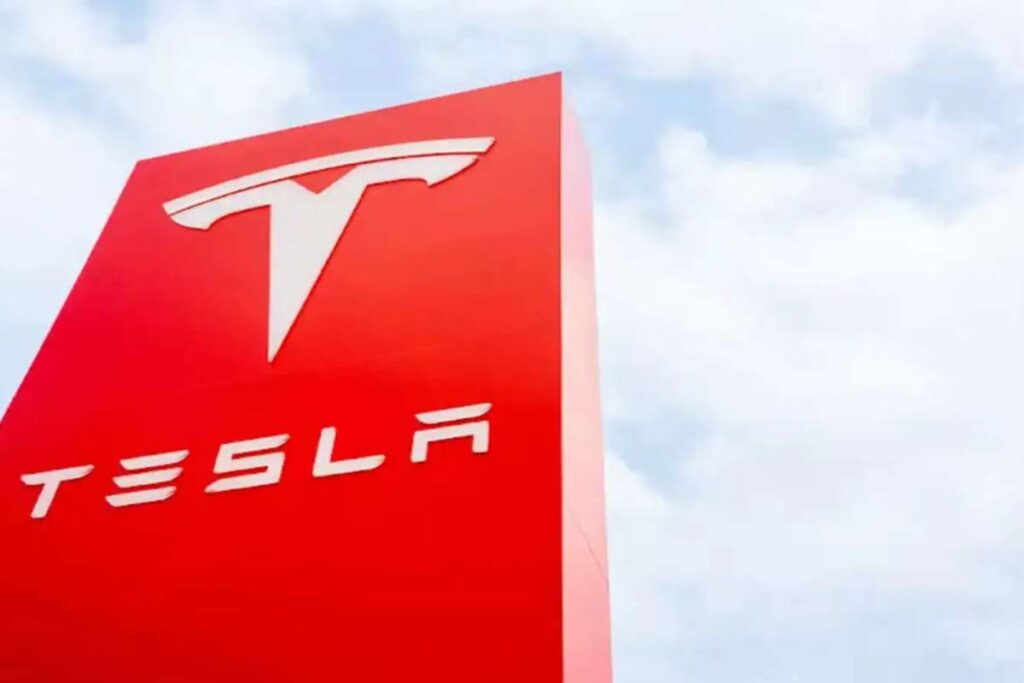We all love to shop and online shopping has become an addiction for us in recent years. We go on e-commerce sites like Amazon, add our favorite products to the cart, place the order, and wait for our orders to arrive. Amazon vs FedEx: are promised that our products will be delivered within a few days and we wait excitedly for it. Every time, when we go through this process, we never sit back and think about how all this process happens. To deliver our goods, logistic companies like FedEx play a vital role.
Do you know that at one point the e-commerce giant Amazon partnered with FedEx to deliver our favourite goods to us but are now big rivals? Through this article, we are going to explore the love-hate relationship Amazon vs FedEx: had and what went wrong between them.
Amazon History
It is a multinational technology company that focuses on e-commerce, cloud computing, online advertising, digital streaming, and artificial intelligence. It was founded by Jeff Bezos in 1994 as an online marketplace for books but later turned into ‘The Everything Store’. Amazon owns many subsidiaries, some of which are Amazon web services, Ring, Twitch, and Whole Foods Market. It is known to be the world’s largest online retailer and marketplace.
FedEx History
FedEx was founded as Federal Express Corporation by Frederick W. Smith in 1971 who was a graduate of Yale University. It is an American multinational conglomerate holding company focused on transportation, e-commerce, and business services. The name Federal Express Corporation was used between 1973 to 2000 then changed to FedEx. Today, it is best known for its air delivery service FedEx Express, which was one of the first major shipping companies to offer overnight delivery as a flagship service.

The Early Years of the Partnership and What Went Wrong
Amazon and FedEx have worked together for a significant amount of time. Apart from UPS & USPS, FedEx was one of the big names in the logistics industry that worked with Amazon in the US. In 2019, Fedex decided to break their partnership. They first announced that they were terminating the ground deliveries for Amazon then in the same year, they made clear they wouldn’t be renewing its $850 million contract with Amazon for the company’s US domestic express delivery business.
Amazon has many logistic partners and was looking forward to expanding its logistic services and for Amazon vs FedEx was becoming a competitor rather than a customer. It was a strategic decision from FedEx’s side to let go of Amazon and expand its business.
They wanted to focus on the broader e-commerce market and invest in its network to seek growth opportunities beyond carrying parcels for its competition. This strategic shift involved expanding its delivery network and options, including offering seven-day ground delivery year-round, as well as forming partnerships with other retailers such as Dollar General and Walgreens to offer parcel pick-up and drop-off services. FedEx aimed to position itself well for the significant e-commerce opportunity presented by the growing number of merchants, brands, and retailers seeking to expand their business both online and offline.
In recent years, Amazon has been planning to expand its logistic services. Apart from parenting with USP, they are expanding their own business to deliver goods and services to their customers via every possible medium, making Amazon a big competitor and rival of FedEx.
Amazon’s Plan to Have Its Own Logistic Services
Amazon is trying its best to be on top by providing its consumers with good delivery services, including Prime one-day delivery, next-day delivery, and delivering our products within seven business days. Here are some insights about their growth.
- In 2020, amazon almost doubled its workforce, number of facilities, and logistics square footage.
- In 2021, it planned to double its truckload fleet, indicating a substantial expansion in its operational capacity.
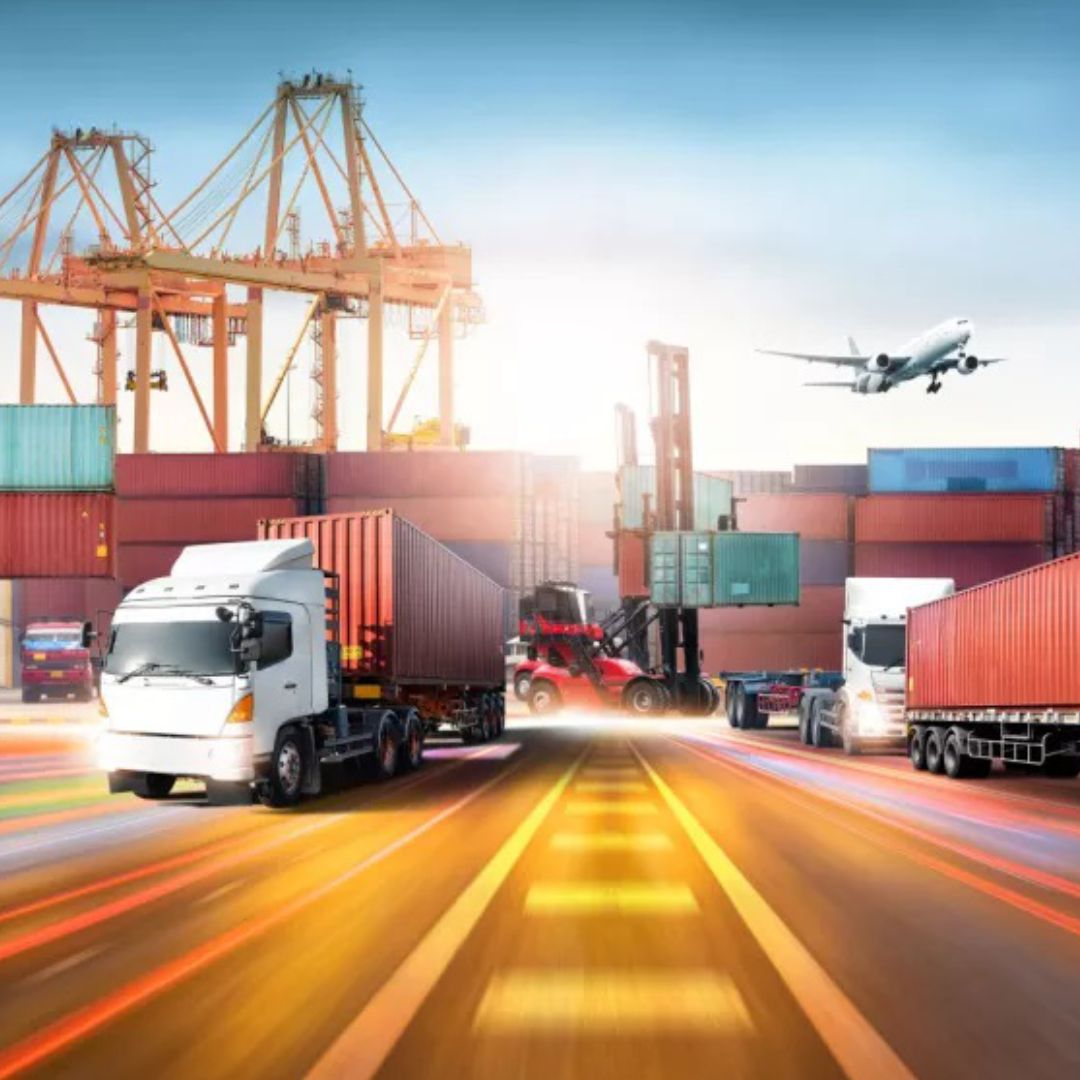
- Amazon is in the process of rolling out more than a dozen mini fulfillment centers capable of delivering a wide range of goods within a 45-minute drive of major metropolitan areas.
- They are planning to have Prime Air, similar to FedEx’s air courier service. This Prime Air initiative aims to provide rapid parcel delivery to customers in 30 minutes or less using drones.
- They have been increasing its capital investments earmarked for logistics-related operations, including fleets of vans, planes, trucks, and new warehouses.
- Amazon aims to become its own end-to-end logistics operator, with the goal of carrying a significant portion of its own shipments in the US.
- They have deployed collaborative robots and technology to sort packages, move products, and improve employee safety across its operations network.
A Quick Comparison Between Amazon and FedEx’s Logistic Services
Below are the similarities between Amazon vs FedEx: delivery services.
| Key Similarities | Amazon | FedEx |
| Delivery Options | They provide 7-day and same-day delivery options. | They provide next-day air service within the US and time-definite international service. |
| Utilization of Third-Party Logistics Partners | They utilize walkers, bicyclists, and motorcyclists in some areas. | They leverage a network of partners for its global logistics solutions. |
| Customer Service and Tracking | They ensure timely delivery and provide a mobile app for drivers to plan routes and handle customer service. | They offer logistics solutions and tools to help customers manage orders and transportation. |
| Competition and Market Position | Amazon’s growing shipping and delivery services are increasingly seen as a more serious competitor to larger logistics players in the market. | FedEx has a 40-year experience and a global infrastructure. |
Below are the differences between Amazon vs FedEx: delivery services.
| Key Differences | Amazon | FedEx |
| Operational Model | They operate as a technology-driven marketplace or network, where Amazon acts as the buyer of delivery services, and independent delivery services and individuals act as the suppliers. | They provide logistics solutions and services for managing orders, inventory, suppliers, transportation, and more. |
| Contract Differences | Amazon DSP does not own the exclusive contract rights of the territory. This means that a DSP does not build financial history or equity based on a territory. | FedEx Ground contractors own the exclusive rights of the territory they deliver to for their P&D routes. This provides contractual consistency, security, and equity in the business. |
| Revenue is Not the Same | They provide only a prediction of the number of routes or miles to complete, which varies from week to week, and results in inconsistent revenue. | FedEx Ground routes are a guaranteed revenue stream. |
| Load Time | Amazon DSPs receive the number of routes they will dispatch directly from the Amazon network. Based on this data, the operator will know the number of vehicles and drivers to dispatch for the day. | At the FedEx Ground side, contractors receive a volume projection. And it’s up to the contractor’s discretion to determine how many routes, drivers, and vehicles to dispatch. |

Amazon vs FedEx: Which is Better?
As a logistics company, Amazon is still growing while Amazon vs FedEx: has been established and serving since the 1970s. Many key factors play a big role in determining a better delivery solution for you, like delivery time, delivery speed, product tracking system, handling process, and many more. While FedEx has shown its global presence by introducing air delivery service, Amazon isn’t behind. They have many plans to grow as a logistics company as well as an e-commerce and entertainment platform.
Also Read Mr. Business Magazine

